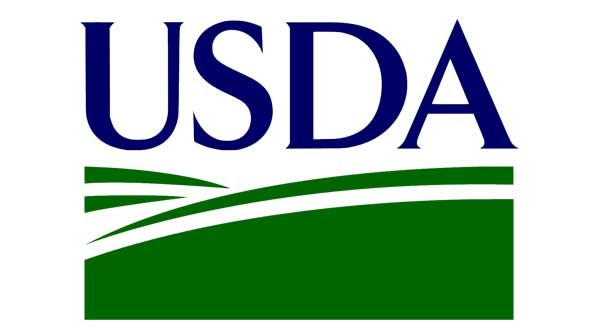APHIS sets out farm bill animal health activities
Actions include soliciting request for filling FMD vaccine bank and preparedness and response program.
August 12, 2019

One of the major wins for the livestock industry in the 2018 farm bill was the establishment of the National Animal Vaccine & Veterinary Countermeasures Bank (vaccine bank) and the National Animal Disease Preparedness & Response Program (NADPRP). As part of its efforts to carry out the new animal health activities, the U.S. Department of Agriculture’s Animal & Plant Health Inspection Service (APHIS) outlined actions for initial plans to carry out the new animal health activities using resources provided by the farm bill as well as the expansion of funding opportunities for the existing National Animal Health Laboratory Network (NAHLN).
This fall, APHIS said it will issue a sources sought notice to gather updated information from vaccine manufacturers interested in supplying the vaccine bank. The information will be used to develop a forward-looking vaccine acquisition strategy leading to one or more requests for proposals for foot and mouth disease (FMD) vaccine to address a potential outbreak. For 2019, APHIS will also make available up to $10 million in funding to be divided between NADPRP and NAHLN based on the quality of proposed projects. “Once fully implemented, these three programs will work together to protect and improve the health of our nation’s livestock, helping farmers and ranchers provide high-quality agricultural products to consumers here and abroad,” APHIS said.
For the highest-consequence animal diseases, it is important to have an effective insurance policy in the extremely rare chance of an outbreak. The new U.S.-only vaccine bank — a concept APHIS officials have long discussed with stakeholders and industry — allows USDA to stockpile animal vaccine and related products to use in the event of an outbreak of FMD or other high-impact foreign animal diseases.
“Our most effective strategy to protect animal health is keeping disease out of the country in the first place,” APHIS said in a notice to stakeholders. To that end, the new preparedness and response program, NADPRP, allows APHIS to enter into cooperative agreements with states, universities, livestock producer organizations and other eligible entities for targeted projects aimed at preventing animal pests and diseases from entering the U.S. and reducing the spread and impact of potential disease incursions.
In 2019, APHIS funding will build upon and enhance current disease prevention and emergency response efforts by supporting an initial round of training and exercise projects, as stakeholders have long supported this area of importance. APHIS said it will announce the application period and dates of webinars to assist potential applicants through the process in a future message to stakeholders. APHIS will continue to develop a more formalized annual NADPRP stakeholder consultation and annual priority-setting process to be used for implementation in 2020 and beyond.
Should foreign animal pests or disease strike, diagnosing and detecting the extent of the outbreak as rapidly as possible plays a key role in limiting the impact of the pest or disease on producers. APHIS farm bill funding for NAHLN in 2019 will support targeted projects to expand diagnostic capacity and the ability to rapidly respond to adverse animal health events. NAHLN is a nationally coordinated network and partnership of federal, state and university-associated animal health laboratories. NAHLN veterinary diagnostic laboratories provide animal health diagnostic testing to detect biological threats to the nation’s food animals, thus protecting animal health, public health and the nation's food supply.
House Agriculture Committee chairman Collin Peterson (D., Minn.) helped prioritize the disease funding during the farm bill discussion. Following APHIS's announcement, he said he was pleased to see that initial funds for NADPRP will be awarded before the end of 2019. "I and look forward to seeing a broader scope of needs addressed in future years," Peterson added.
"I’m pleased by this first step and hope to soon see these programs up and running at full speed," House livestock and foreign agriculture subcommittee chairman Jim Costa (D., Cal.) said.
The National Turkey Federation (NTF) and the United Egg Producers (UEP) released a statement applauding the plan.
"Prevention is the first step in keeping our flocks safe from disease. We applaud APHIS for moving forward with implementation of this important plan that will focus essential resources on animal disease prevention and management," NTF and UEP stated. "We look forward to working with APHIS to ensure poultry producers have access to enhanced tools and resources needed to effectively prevent, identify and respond to disease threats and continue supplying consumers with safe, nutritious poultry products.”
Additional information about NAHLN is available on the APHIS NAHLN website.
You May Also Like



